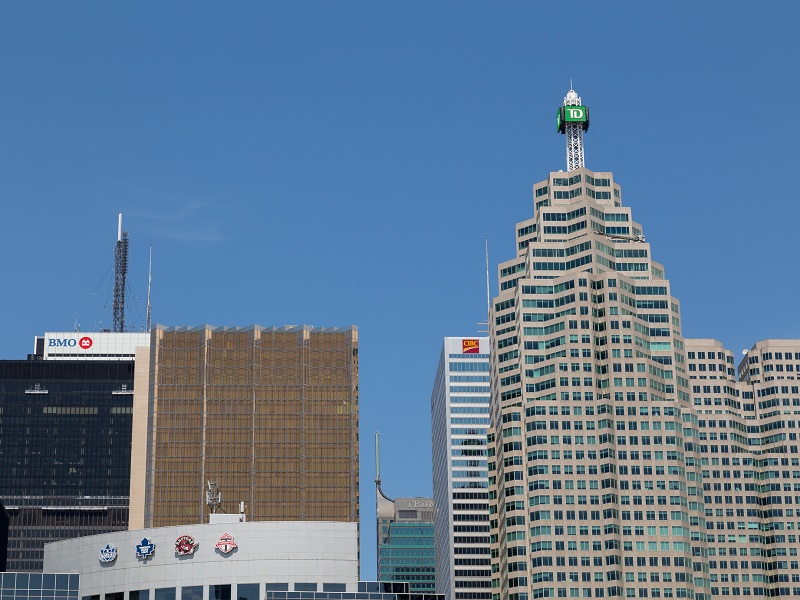
The much-anticipated bank and insurer surtax has been set at 1.5% for taxable income over $100 million for taxation years that end after April 7, meaning those companies will pay 16.5% on income above that threshold going forward.
Banks and insurers will also have to pay a one-time 15% tax on 2021 taxable income above $1 billion, known as the Canada Recovery Dividend (CRD). The CRD liability would be imposed for the 2022 taxation year and would be payable in equal amounts over five years.
The budget estimates the two measures combined will raise $6.1 billion over five years, with $4.05 billion attributable to the one-time tax.
Paulo Pereira, senior accountant and manager with Sergio Ruivo & Associates in Toronto, said that fiscal 2021 was an “abnormally profitable year” for the banks, especially as their loan-loss provisions fell dramatically from the year prior. He suggested that a more fair methodology for the CRD could have averaged out 2020 and 2021 profits.
However, even using that average, the Big Six banks and the big three life insurers are, as a group, more profitable than they were before the pandemic, Pereira said. Nonetheless, banks and lifecos will probably pass along the tax increases to consumers.
“Given the inflationary pressures on labour and the lack of policies mentioned in the budget to limit fee increases by these financial institutions, I suspect banking fees will be going up and the banks and lifecos will maintain their pandemic gains,” Pereira said.
The proposed surtax would apply to taxation years that end after April 7. For a taxation year that includes April 7, the additional tax would be prorated based on the number of days in the taxation year after April 7.
Prior to the budget’s release, Bank of Nova Scotia CEO Brian Porter criticized the surtax in prepared remarks released at the bank’s annual general meeting. He called the tax “a knee-jerk reaction that sends the wrong message to the global investment community” on Tuesday.
Similarly, CIBC’s CEO, Victor Dodig, said at his bank’s AGM today that a surtax would send the wrong signal to the world about investing in Canada. Dodig said he is an advocate for competitive tax policy, not policy that targets specific industries.
The Liberals’ 2021 election platform had included a pledge to raise the corporate income tax rate for banks and insurance companies from 15% to 18% on all earnings above $1 billion.
Financial institutions’ selected pre-tax profits for fiscal 2021
All years ended Oct. 31 unless otherwise indicated.
- Royal Bank of Canada: $20.6 billion
- Toronto-Dominion Bank: $17.1 billion
- Bank of Nova Scotia: $12.8 billion
- Bank of Montreal: $10.3 billion
- CIBC: $8.3 billion
- Manulife Financial Corp. (Dec. 31): $8.1 billion
- Sun Life Financial Inc. (Dec. 31): $5.1 billion
- Great-West Lifeco Inc. (Dec. 31): $3.9 billion
- National Bank of Canada: $4.1 billion
Financial institutions’ selected net income for fiscal 2021
All years ended Oct. 31 unless otherwise indicated.
- Royal Bank of Canada: $16.1 billion
- Toronto-Dominion Bank: $14.3 billion
- Bank of Nova Scotia: $9.96 billion
- Bank of Montreal: $7.8 billion
- Manulife Financial Corp. (Dec. 31): $6.9 billion
- CIBC: $6.4 billion
- Sun Life Financial Inc. (Dec. 31): $4.4 billion
- Great-West Lifeco Inc. (Dec. 31): $3.3 billion
- National Bank of Canada: $3.2 billion